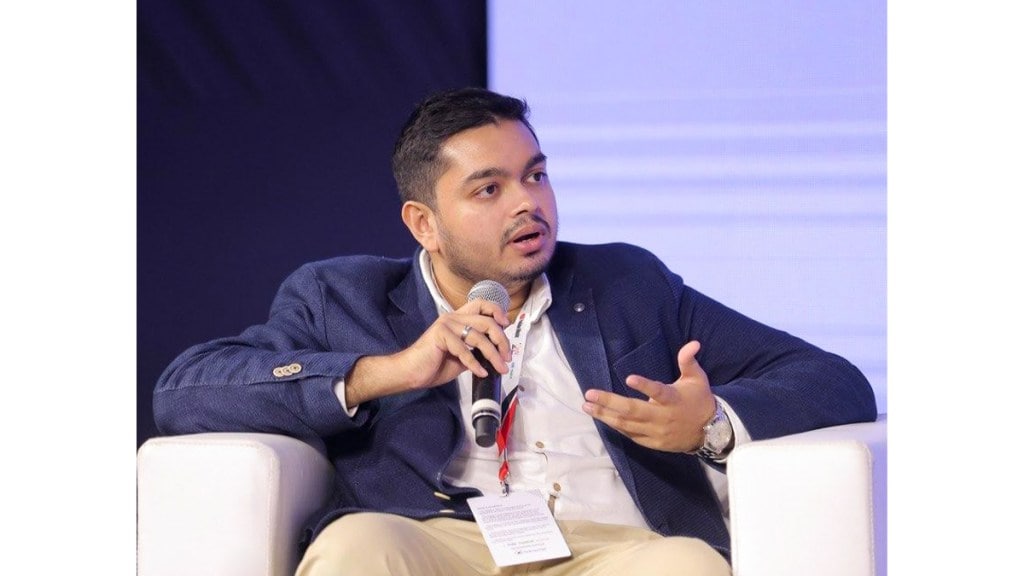Following its recent acquisition by Warner Music India, digital media and music company Divo is hopeful of strengthening the artiste-influencer ecosystem and expanding its overall entertainment footprint. Shahir Muneer, founder and director of the company, talks to Geetika Srivastava about the growing use of technology in music production and distribution. Edited excerpts:
What does Warner Music bring to the table and how does it impact Divo’s business strategy?
I would like to preface this answer with some background. Divo is a digital media and music company with three main lines of work: First, we are an enterprise partner for video platforms such as YouTube, Facebook and Amazon. There, we help content creators monetise their channels. Second, we are in the music business, primarily as music distributors. Third, we are one of the largest influencer marketing companies in South India. We have been the first movers in the space since 2017.
Warner Music was interested in us because of all the above. Getting access to Warner Music’s global music distribution network helps in better monetisation and an increase in revenue for our music catalogue. They have great technology and some of the biggest and most robust systems in place. We benefit from that. Our artists’ music is now being monetised through the same pipeline that Ed Sheeran and Dua Lipa use because they’re all Warner Music artistes. This gives us a competitive edge. Last week, we were actively involved in Ed Sheeran’s global music launch.
How do you anticipate technology changing the music landscape in the next 2 to 5 years?
Recently there was a controversy about an AI-produced song on a streaming platform that mimicked singer Drake’s voice. That shows how fast and easily these technologies can be used. Generally, there are a lot of beneficial uses to using technology. For example, content and creatives, making copy, etc. using AI tools. We have also tested this out ourselves and have been able to see the benefits of it. In terms of using AI in the workflow of music production, I think these are still very early days. In India, music producers and artistes haven’t really used AI yet as far as I’m aware. However, some tools can help fasten processes such as editing and have helped automate some other jobs. There will be advantages in terms of certain technical processes.
What are some of the key developments on the consumption side?
As far as consumption is concerned, there will be both highs and lows. Short video platforms help in the discovery of music. The format is growing very fast. They have a wide reach across different types of audiences. This helps increase streams on YouTube and other platforms but the revenue earned on short video platforms is relatively lower. There is a gap between the views and the revenue. You may see that one Instagram reel has 10 million views but it doesn’t equate to 10 million streams on JioSaavn or Spotify. It’s a very small percentage of that.
The overall growth of streaming platforms is and will also be challenged. For example, Gaana is now a subscription-only platform. Once the free tier went, the total number of streams that songs made reduced, which led to lesser revenue for labels. We need such platforms to be able to survive and grow in the future. The general adoption of music streaming platforms in India has been primarily on the basis of free-tier and bundled-tier basis. Subscription revenue has not grown substantially. While video OTTs have been growing, standalone music subscription has been challenging and what’ll probably work are the bundled and free-tier subscriptions.
Which content formats are working best for creators right now and where is the most potential for growth?
From our experience, there is no one category that works — whether it is comedy or drama. As a content creator, if you have a place for your content and know what the audience wants you can improve on it. There will be no limitations on categories and platforms. Just be consistent and do it for a substantial period of time.
Do you see plagiarisation as a big threat?
Most digital platforms, such as YouTube and Meta, have copyright protection systems in play. As long as you use those tools, we don’t see many issues of plagiarism. User-generated content also helps in the growth and discovery of existing content. Piracy and plagiarisation isn’t a major issue, at least for digital content and music. It is more prevalent in the case of movies. The days when people would go on a website, download a song and save it on a USB to listen to later are past. Now everyone prefers to stream.


